
The 6 Best How-to Drawing Books for Aspiring Artists
How-To Drawing Books: Your Creative Toolkit
Learn Essential Drawing Techniques
Have you ever gazed at a blank canvas, a pristine sheet of paper, and felt a surge of creativity, only to be paralyzed by the fear of the first stroke? Or perhaps you’ve picked up a pencil, only to watch your artistic vision dissipate into a scribble of disappointment? Fear not, aspiring artist! This comprehensive guide is your compass through the labyrinth of how-to drawing books. We’ll delve into the essential books that teach drawing techniques and drawing tips. As a result, you’ll gain invaluable reading resources to transform your artistic dreams into tangible reality.
Your Journey To Artistic Mastery
From the fundamental strokes of a pencil to the intricate nuances of digital art, we’ll explore a diverse range of drawing styles and mediums. We’ll unveil the secrets of perspective, shading, and composition, empowering you to bring your imagination to life. Whether you’re a novice seeking to dip your toes into the artistic waters or an experienced artist yearning to refine your skills, this guide is your ultimate companion on the journey to artistic mastery.
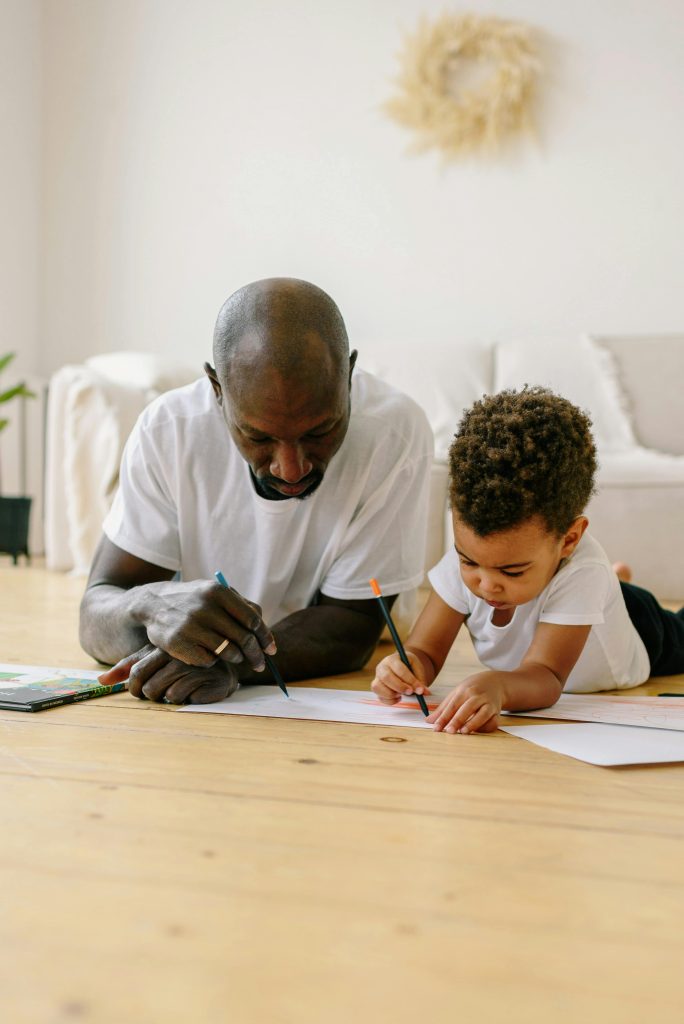
Choosing the Right Book Based On Your Artistic Identity
Consider Your Skill Level
Are you a budding artist just dipping your toes into the world of drawing or are you a seasoned artist looking to refine your techniques? Your skill level will significantly influence the type of how-to drawing book you choose. Beginners may benefit from books with simplified explanations and plenty of drawing exercises. Intermediate artists may seek books that delve deeper into advanced techniques, such as shading and perspective. For advanced artists, books that explore specialized topics, like figure drawing or digital art, can be invaluable.
Identify Your Preferred Style
The style of drawing you gravitate towards can also guide your book selection. Whether you’re drawn to the realism of traditional art, the whimsical charm of cartoons, the vibrant energy of anime or manga, or the abstract expression of modern art, there’s a how-to drawing book tailored to your preferences. By identifying your artistic style, you can choose a book that aligns with your creative vision.
Look for Clear Instructions and Visual Examples
A well-written how-to drawing book should provide clear and concise instructions, accompanied by high-quality illustrations and step-by-step guides. Visual aids can significantly enhance your understanding of complex techniques. Look for books with detailed diagrams, photographs, or even video tutorials that demonstrate the process from start to finish.
Check for Practice Exercises
Practice is essential for honing your drawing skills. A good how-to drawing book should include a variety of practice exercises to reinforce your learning. These exercises can range from simple line drawings to intricate compositions. By actively applying the techniques you’ve learned, you’ll solidify your understanding and develop your artistic confidence.
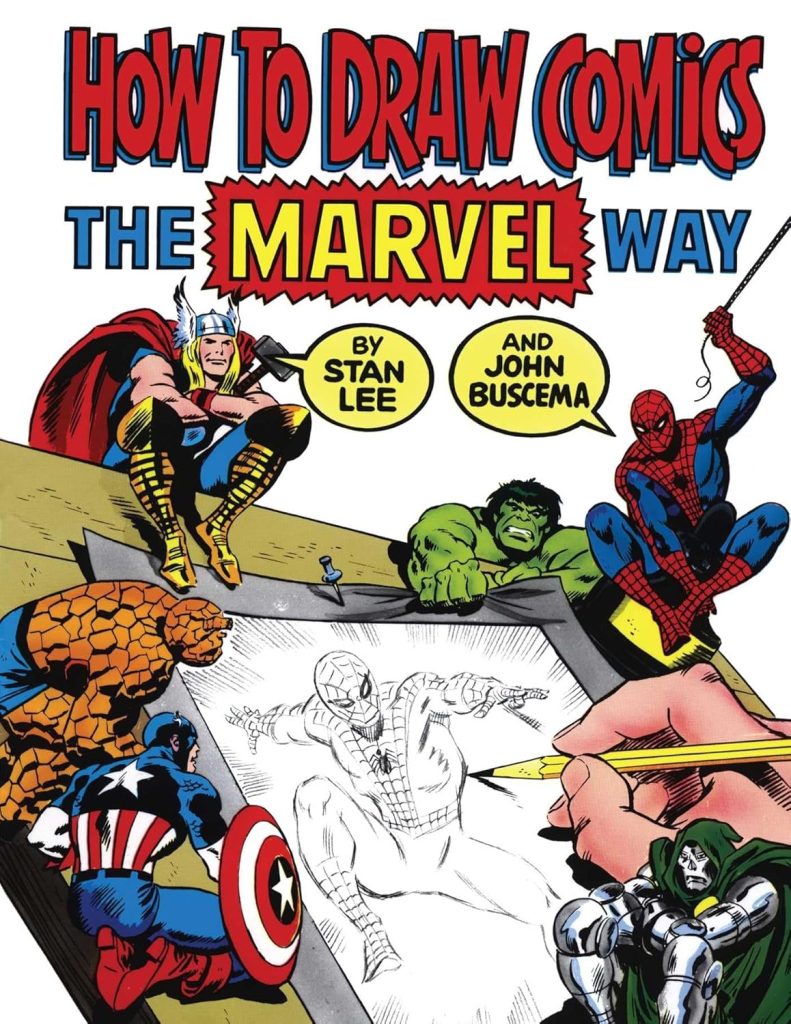
My First How-To Drawing Book: “How To Draw Comics The Marvel Way”
Initially, I didn’t learn how to draw from any book. Drawing was an ability that came to me naturally as a child at 5 years old. However, education from books is a MAJOR part of my development as an artist. Hence, I always recommend the value of art education to my readers. In 1989, my mom observed my talent and gave me this book by Stan Lee and John Buscema as a gift. “How To Draw Comics The Marvel Way” opened my mind to the possibilities of drawing as a kid. The structure of this book refined my talent through education that resonated within my young artistic mind. As a result, I am able to draw the way I do today by learning these methods of seeing and drawing.
A Classic Guide to Comic Book Art
For aspiring comic book artists, “How To Draw Comics The Marvel Way” by Stan Lee and John Buscema is a legendary guide. This iconic duo, responsible for some of Marvel’s most beloved characters, shares their insights and techniques in this timeless book. From the fundamentals of storytelling and character design to the intricacies of inking and lettering, this book provides a comprehensive overview of the comic book creation process. Whether you’re a beginner or an experienced artist, “How To Draw Comics The Marvel Way” offers valuable advice and inspiration.
How You Can Use The Book “How To Draw Comics The Marvel Way”
I didn’t turn out to be a comic artist, although I still enjoy drawing comics after discovering this book as a kid. Today I consider myself a realist portrait artist and illustrator following in the footsteps of Renaissance artists. Therefore, feel free to use this book no matter what artistic style you have. Even though it’s comic-based, “How To Draw Comics The Marvel Way” offers the fundamentals for all artists to see, think and draw well. Inside, I discovered my first guide that offered easy steps on how to draw. Furthermore, this book also showed me cartoons to draw for beginners.
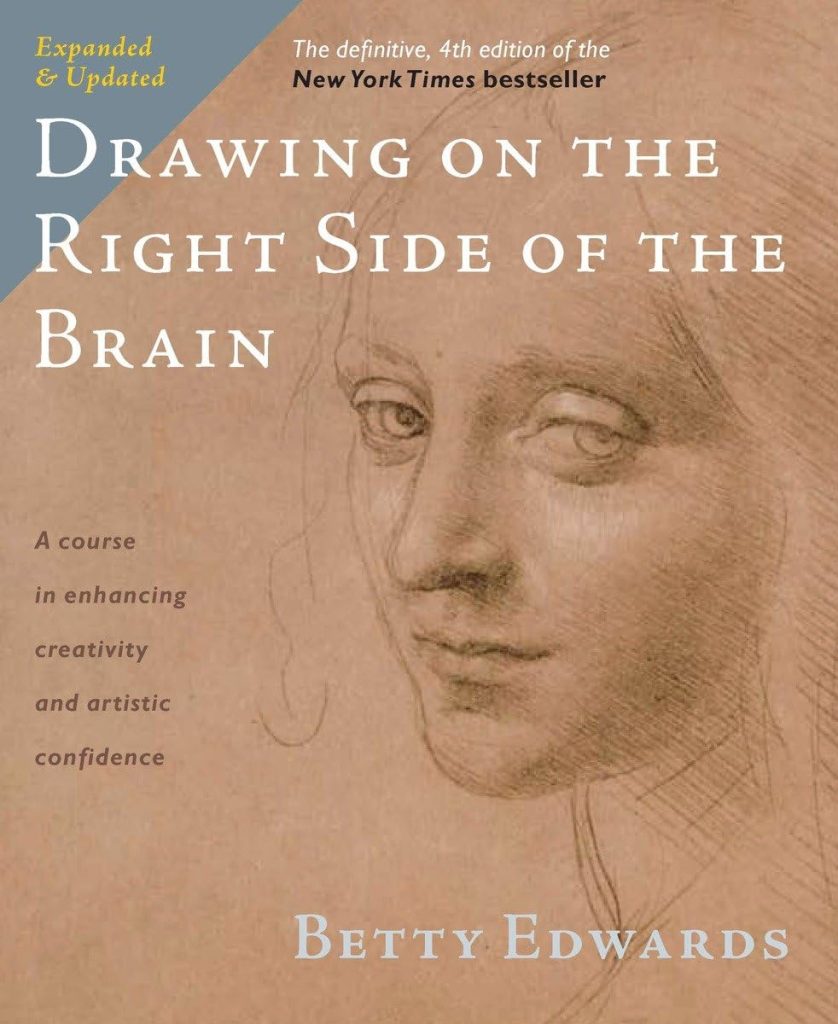
Top-Rated How-To Drawing Books: Your Creative Toolkit
For Beginners
Book 1: Drawing on the Right Side of the Brain by Betty Edwards
This iconic book revolutionized the way we approach drawing. Edwards’ innovative techniques help you overcome mental blocks and unlock your artistic potential. By focusing on perception and observation, you’ll learn to see the world through an artist’s eye.

Book 2: The Urban Sketcher: A Manual by Gabriel Campanario
If you’re captivated by the beauty of cityscapes, this book is your perfect companion. Campanario’s practical approach to urban sketching teaches you how to capture the essence of a scene quickly and efficiently. You’ll learn to simplify complex subjects, add depth and dimension, and create dynamic compositions.
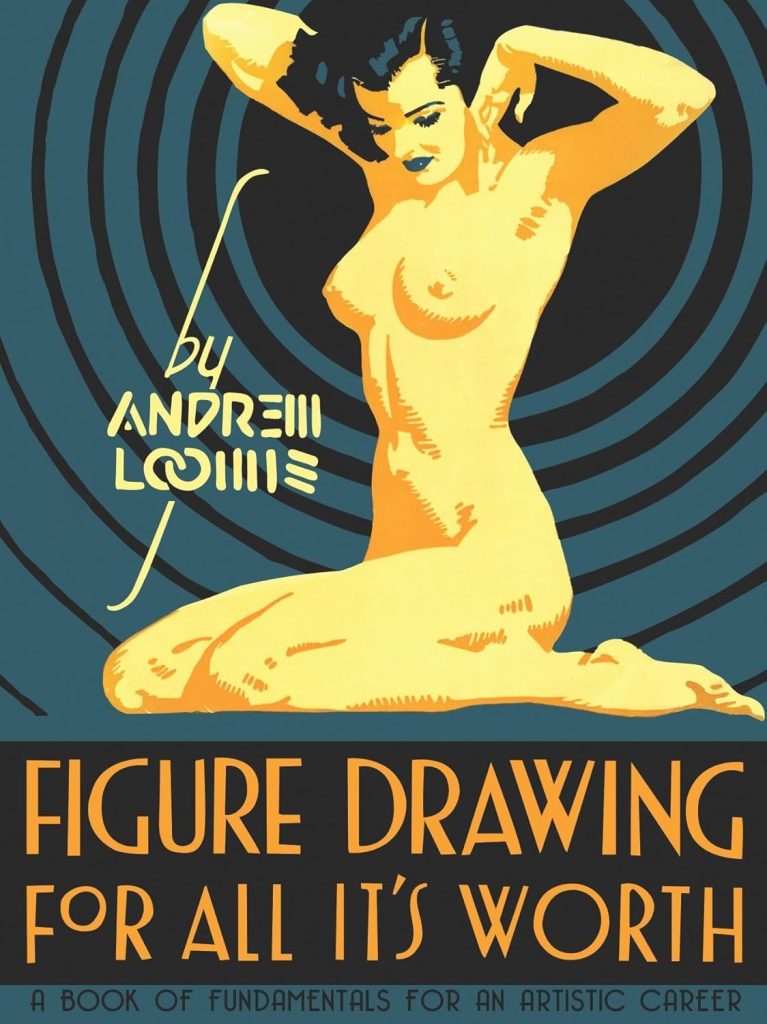
For Intermediate Artists
Book 3: Figure Drawing for All It’s Worth by Andrew Loomis
A classic in the world of figure drawing, Loomis’ book provides a comprehensive guide to understanding and capturing the human form. Through clear explanations and detailed illustrations, you’ll learn to analyze proportion, gesture, and anatomy. This book is an invaluable resource for aspiring artists seeking to master the human figure.

Book 4: Perspective Made Easy by Ernest Norling
Perspective is a fundamental skill for any artist. Norling’s book breaks down the complexities of perspective into easy-to-understand concepts. With clear diagrams and practical exercises, you’ll learn to create realistic depth and dimension in your drawings.

For Advanced Artists
Book 5: The Natural Way to Draw by Kimon Nicolaïdes
Nicolaïdes’ innovative approach to drawing focuses on the natural instincts and abilities of the human eye and hand. By bypassing traditional techniques, you’ll learn to draw directly from observation, capturing the essence of a subject with spontaneity and freedom.

Book 6: Drawing on the Right Side of the Brain II by Betty Edwards
A sequel to the original bestseller, this book delves deeper into advanced drawing techniques. Edwards explores the power of imagination and creativity, guiding you through exercises that stimulate your artistic vision. You’ll learn to break free from conventional thinking and create unique and expressive artwork.

Essential Drawing Techniques
Basic Strokes
Before embarking on complex drawings, it’s essential to master the fundamental strokes. Lines, curves, and shading are the building blocks of any artwork. By practicing different line weights, varying the pressure of your pencil, and experimenting with different shading techniques, you can create dynamic and expressive drawings.
Perspective & Landscape Drawing
Perspective is the art of creating the illusion of three-dimensional space on a two-dimensional surface. By understanding the principles of perspective, you can add depth and realism to your drawings. Whether you’re drawing a cityscape, a landscape, or a still life, mastering perspective will elevate your artwork to new heights. Landscape drawing involves depicting natural scenery, such as mountains, valleys, forests, and bodies of water. By understanding the principles of composition, perspective, and atmospheric perspective, you can create stunning landscapes that evoke a sense of wonder and awe.
Figure & Portrait Drawing
Figure drawing is the art of capturing the human form. It requires a keen eye for proportion, anatomy, and gesture. By studying the human body and practicing figure drawing exercises, you’ll develop a strong foundation for creating expressive and lifelike figures. Figure drawing is the art of capturing the human form. It requires a keen eye for proportion, anatomy, and gesture. By studying the human body and practicing figure drawing exercises, you’ll develop a strong foundation for creating expressive and lifelike figures.
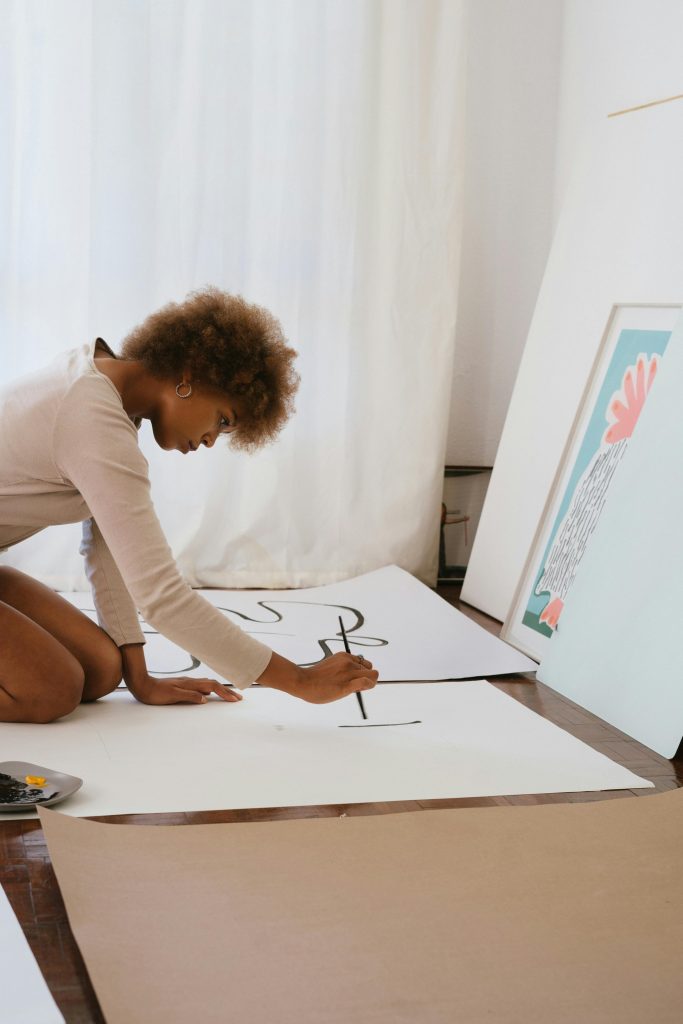
Tips for Improving Your Drawing Skills
Practice Regularly
The adage “practice makes perfect” rings especially true for artists. Consistent practice is the key to honing your skills and developing your artistic style. Set aside dedicated time each day to sketch, draw, or paint. The more you practice, the more fluid and confident your strokes will become.
Study the Masters
To truly master the art of drawing, it’s essential to study the works of renowned artists. Analyze their techniques, their use of light and shadow, and their understanding of composition. By learning from the masters, you can gain valuable insights and elevate your own artistic abilities.
Join a Drawing Community
Connecting with other artists can be incredibly inspiring and motivating. Join a local art club, online forum, or social media group to share your work, receive feedback, and learn from others. By engaging with a community of artists, you can expand your knowledge, gain new perspectives, and stay inspired.

Experiment with Different Mediums
Don’t limit yourself to a single medium. Experiment with pencils, charcoal, markers, pastels, or digital art tools. Each medium offers unique opportunities for creative expression. By exploring different mediums, you can discover your artistic preferences and expand your creative repertoire.
Don’t Be Afraid to Make Mistakes
Mistakes are an inevitable part of the learning process. Embrace them as opportunities to learn and grow. Don’t be afraid to experiment, take risks, and step outside your comfort zone. By embracing imperfection, you’ll unlock your creativity and produce truly original artwork.
Conclusion
Recap
In this comprehensive guide, we’ve explored the essential aspects of drawing, from choosing the right tools and techniques to improving your skills. We’ve discussed the importance of practice, the benefits of studying the masters, and the power of experimentation.
Final Thoughts
Remember, the journey of artistic mastery is a lifelong pursuit. Embrace the process, celebrate your successes, and learn from your mistakes. With dedication and passion, you can unlock your creative potential and create stunning artwork.
Call to Action
Now it’s your turn to unleash your creativity! Grab a pencil, a sketchbook, and start drawing. Share your artwork on social media and tag us to inspire others. Let’s connect and support each other on this artistic journey.








